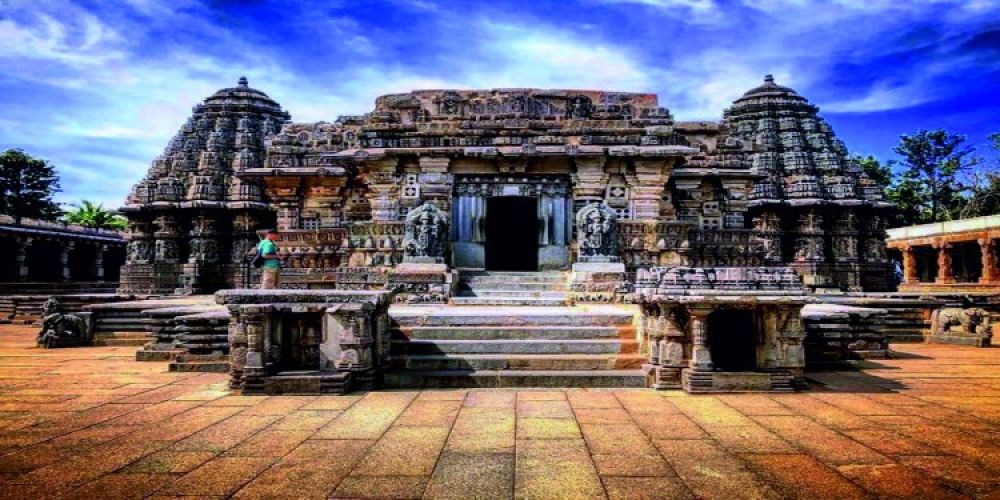

The Somanathapura Temple, dedicated to Lord Chennakesava, stands as a remarkable testament to the architectural prowess of the Hoysala Empire during the 13th century. Nestled on the banks of the River Kaveri, this temple is a splendid example of Hoysala architecture and is widely known for its intricate carvings and detailed sculptures.
Tourism at Somanathapura has been flourishing since the temple gained recognition as a significant cultural and historical site. Over the years, it has become a hotspot for history buffs, architecture enthusiasts, and spiritual seekers alike. The temple was designated as a protected monument by the Archaeological Survey of India (ASI), leading to an increase in awareness and visitors.
The rise in international travel saw the temple gaining popularity among global tourists in the late 20th century. Its intricate craftsmanship and serene environment pull countless visitors annually, keen on exploring India's ancient heritage. The site's inclusion in school curricula and documentaries has amplified its reach and significance.
In recent times, the adoption of digital technology has seen a surge in virtual tours and online galleries which feature the Somanathapura Temple. While the COVID-19 pandemic had briefly affected physical footfall, the temple has again become bustling with tourists as restrictions eased and travel resumed.
Sustainable tourism is increasingly becoming a focus around Somanathapura Temple with an emphasis on preserving the integrity of the monument while accommodating tourists. The local government and ASI are continually working towards balancing conservation efforts with visitor experience, ensuring that the temple remains a source of inspiration for generations to come.
Educational and cultural activities, including seminars and local festivals, have enhanced the tourist experience, offering deeper insights into the Hoysala culture and their architectural marvels. With Karnataka's state tourism promoting historical sites fervently, places like Somanathapura are receiving improved infrastructure and visitor services.
Travelers to Somanathapura can delight in the temple's grandeur and its elaborate narrative panels that depict scenes from Indian epics like the Ramayana and the Mahabharata. The visit can be coupled with exploring other attractions in Mysore, such as the Mysore Palace, the Brindavan Gardens, and the Chamundi Hills, which enhance the overall cultural immersion of the region.
The best time to visit the temple is from October to March when the climate is most pleasing. Visitors are encouraged to respect the sanctity of the site and adhere to guidelines set to protect this age-old edifice.
The Somanathapura Temple continues to be a beacon of India's rich cultural tapestry and stands as a silent witness to the advanced artistry of the Hoysala period. Its ongoing popularity amongst tourists is a testament to its enduring beauty and the timeless stories etched among its stones.